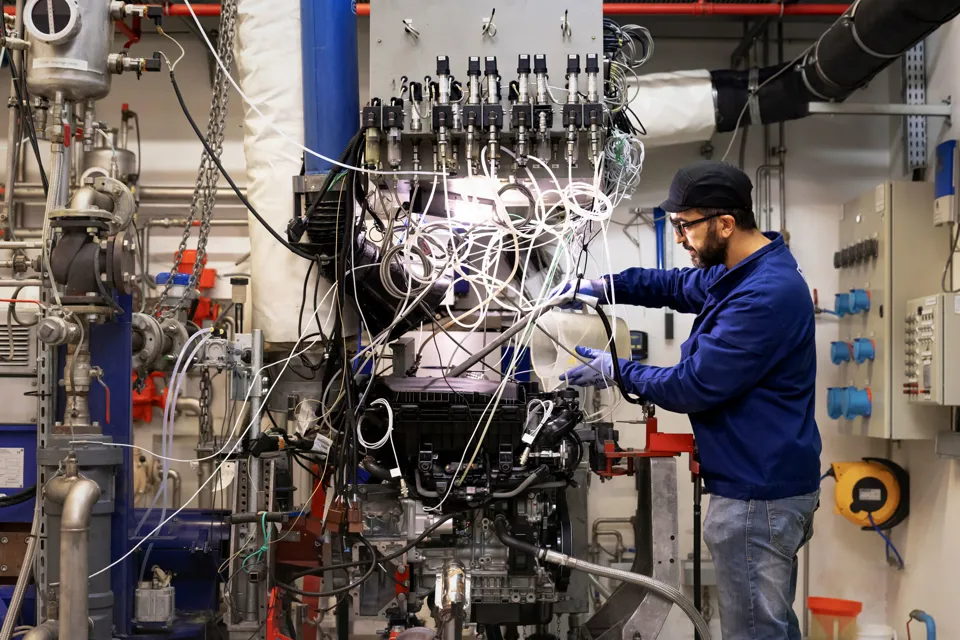Stellantis testing has found that 24 of its existing European engines sold since 2014 are ready to use drop-in e-fuel without any powertrain modification.
E-fuels, liquid or gaseous forms of energy produced using renewable energy, can be used as a drop-in replacement for petrol or diesel in internal combustion enegine (ICE) vehicles.
The EU and Germany have already reached an agreement that will allow some ICE cars to be sold beyond 2035, if they fill up exclusively with CO2-neutral fuels – so-called e-fuels.
However, the Department for Transport (DfT) told Fleet News earlier this year it was not considering e-fuels as an alternative to petrol and diesel in the UK.
A DfT spokesman said at the time: “E-fuels are not proven technology, have expensive and complex supply chains, and emit much of the same pollutants as petrol and diesel.
“They might have a role for specialist vehicles, but we are not looking at them as a solution for normal cars and vans.”
Instead, the Government has committed to the 2030 phase out of ICE vehicles in its policy paper, ‘Powering Up Britain - Energy Security Plan’.
Stellantis estimates that the use of e-fuels in up to 28 million of its European vehicles could reduce up to 400 million tons of CO2 in Europe between 2025 and 2050.
The tests were conducted using e-fuels provided by Aramco, an energy and chemicals company Stellantis has partnered with.
Stellantis said the use of e-fuels has the potential to reduce carbon dioxide emissions from existing internal combustion vehicles by at least 70% on a lifecycle basis, compared to conventional fuels.
Ned Curic, Stellantis chief engineering and technology officer, said: “Our priority is providing zero-emission mobility for all with a focus on electrification, while our collaboration with Aramco is an important and complementary step in this journey for existing fleets on the road.
“We are exploring all solutions to reinforce our ambitious strategy of becoming a carbon net zero company by 2038.
“Drop-in eFuels can have a massive and almost immediate impact on reducing the CO2 emissions of the existing vehicle fleet, offering our customers an easy and economically efficient option to reduce their carbon footprint — one as simple as choosing a different fuel pump at the station, with no additional modification to their vehicles.”
Stellantis is aiming to halve its carbon footprint by 2030 and then to achieve carbon net zero by 2038.
Testing of the surrogate e-fuels by Stellantis covers tailpipe emissions, startability, engine power, reliability endurance, oil dilution, fuel tank, fuel lines and filters, as well as fuel performance in extreme cold and hot temperatures.























Login to comment
Comments
No comments have been made yet.